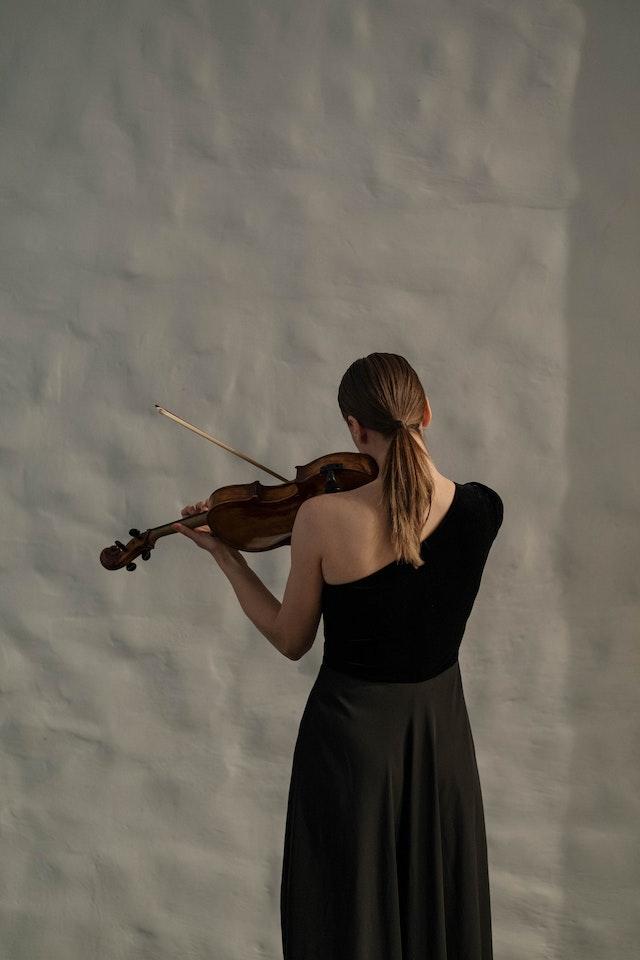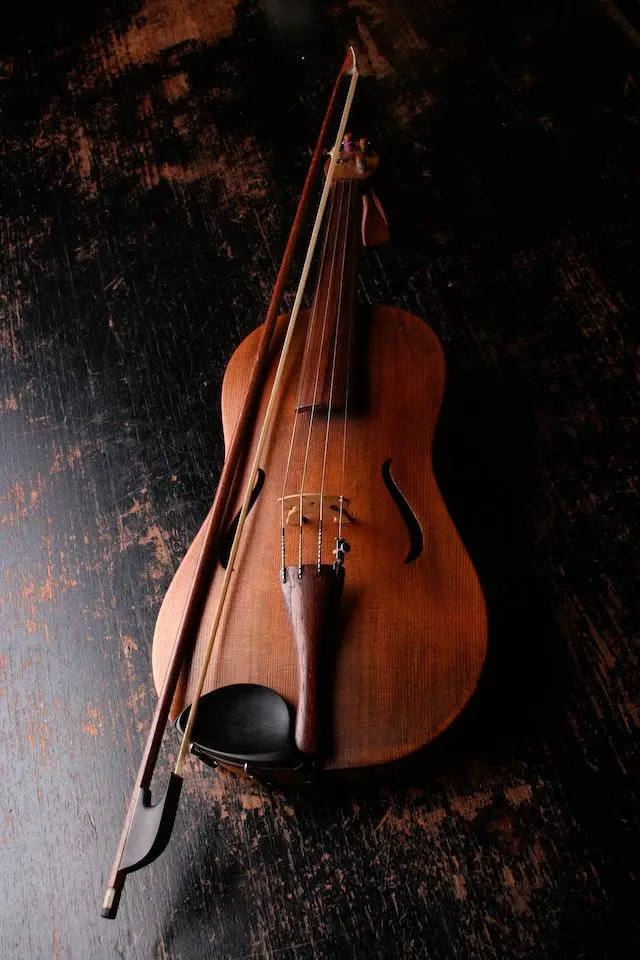
The history of the violin is a long and complicated one, with roots in many different countries and cultures.
The instrument we know today as the violin has evolved over hundreds of years, and its exact origins are still somewhat of a mystery.
But even though we may not know exactly where the violin came from, its history is nonetheless fascinating.
Join us on a journey through time as we explore the history of this captivating instrument.
The origin of the violin
The violin has been captivating audiences for centuries.
From its beginnings in Italy during the 16th century, this string instrument has held a unique place in music around the world.
It has evolved tremendously over time and is still beloved today for its remarkable versatility and melodic beauty.
Its expressive range allows it to play everything from lively folk tunes to heart breakingly sorrowful romantic ballads, making it a permanent fixture of both classical and popular styles of music.
Whether seen as a solo or part of an ensemble, the violin continues to captivate listeners all over the globe.
- Read also: Who Invented Guitar
- Read also: Who Invented Music
The first violins were made from wood
The violin is one of the oldest and most beloved string instruments, with a history stretching back centuries.
During its early days, violins were crafted from wood, most often maple and spruce.
Careful attention was paid to every detail in order to ensure the highest possible sound quality.
Today, technology has advanced enough for synthetic materials such as fiberglass, carbon fiber and Kevlar to be used in their construction.
Unlike with wood violins, technicians can now fine-tune the instrument’s acoustics to deliver unbeatable sound quality.
All of these advancements have taken the beautiful music produced by violins to new heights!
How violin is played?

Violin is considered to be one of the most difficult instruments
The violin has been captivating and inspiring audiences for centuries.
Paired with its deep, alluring sound and lush tone, it’s no wonder that the violin is renowned as one of the most difficult instruments to learn how to play.
Difficulty aside, however, mastering this multifaceted instrument offers a wealth of rewards for those who stay dedicated and practice diligently.
It can be incredibly rewarding for someone to watch their hard work pay off when learning to play a song or master a technique or piece.
The wonders of the violin continue to amaze professional players around the world and stand as a constant challenge for anyone looking to take on the task of learning how to play this beautiful instrument.
The strings on a violin
A violin’s strings are quite remarkable. Each string is tuned to a certain pitch—G, D, A, and E—that combines to produce some of the most beautiful music known to humankind.
The four strings are carefully tuned together so that they can resonate harmoniously, resulting in an enchanting sound unique to each instrument.
One could explore the wonders of a violin’s tuning all day and still never fully understand or appreciate it.
From its captivating four-string orchestra of notes to its endlessly fascinating range of sounds, the violin is truly one-of-a-kind.
Violins can be played solo or in an orchestra
The violin, a versatile instrument that predates all others, has a rich history of being used for solo and ensemble playing.
The fascinating thing about the violin is that it can fit into any musical setting, from classical symphonies to jazz quartets to folk songs.
Every genre of music has something special that the violin brings to the mix – its unique timbre, its sheer emotional depth and its ability to put forth a truly captivating performance.
Even in orchestras, where instruments like trumpets and clarinets often shine brightly, it is on violins that some of the most spectacular music comes alive.
Famous violinists

Violinists have been a staple of classical music for centuries, and few have achieved the legendary status of Niccolo Paganini, Fritz Kreisler, or Yehudi Menuhin.
Paganini is perhaps best known for his 24 Caprices Op. 1 which he composed for solo violin and dedicated to Ferdinando Paer.
The Polish-Austrian virtuoso Kreisler gained notoriety through his pioneering use of modern techniques and the composing of works that were widely accepted as the standards of their day.
British-American Menuhin was a legendary performer whose success spanned decades and continents – his version of Vivaldi’s “Four Seasons” remains one of the most beloved pieces in classical circles today.
All three men are considered essential references in any exploration of the violins repertoire and remain among its most respected masters even centuries after their passing.
- Read also: Who Invented the Umbrella
- Read also: The History of Keys
Conclusion
The violin is one of the most beloved and revered instruments in music history, with a rich legacy of virtuosi who have transformed its sound and style through their groundbreaking techniques and performances.
Whether being played solo as part of an ensemble, the violin remains one of the most versatile and dynamic instruments around, bringing joy to listeners everywhere with its captivating sound and stunning versatility.
For anyone looking to learn this beautiful instrument, the rewards of mastering it are truly endless, making its mastery an endlessly fascinating and rewarding challenge.



